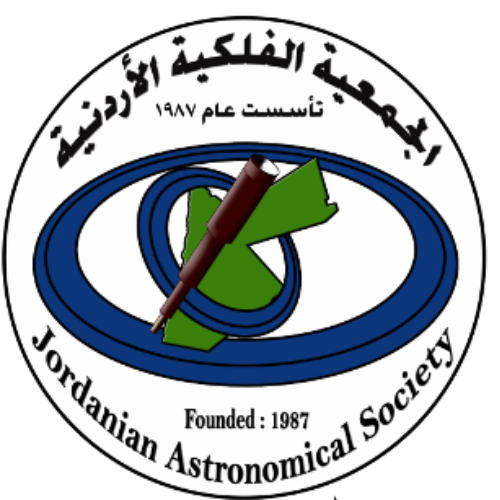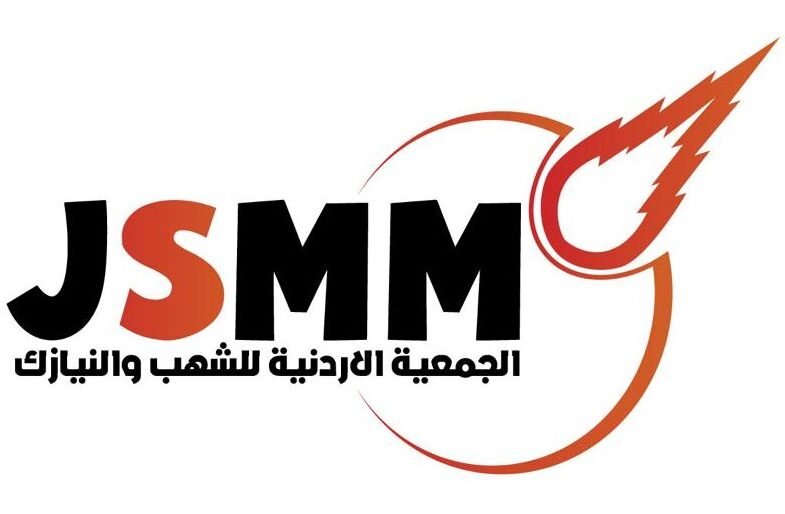Main conference themes
International Cooperation in Space Research
This theme aims to review successful partnership models between space agencies, universities, and research institutions. Participants will discuss mechanisms for funding joint projects, sharing infrastructure (from ground-based observatories to simulation laboratories), and building research networks that leverage each partner’s expertise to achieve major scientific goals unattainable by individual efforts.
Artificial Intelligence and Big-Data Analysis in Astronomy
Focuses on the use of machine-learning algorithms and neural networks to analyze billions of data points gathered by telescopes and observatories. Case studies will be presented on galaxy classification, supernova detection, and prediction of cosmic events, along with discussion of the scientific interpretability challenges and the ethics of relying on “black-box” AI models.
Astrophysics and Numerical Simulation
Centers on the fundamental physical processes inside stars and galaxies—nuclear fusion, energy transport, gas and plasma dynamics—and how they are reproduced via high-resolution numerical simulations. There will also be sessions on using supercomputers to track the evolution of cosmic structures over time and on validating simulation outputs against real observational data for a deeper understanding of cosmic formation.
Astronomy Education in Universities and Schools
Showcases the latest pedagogical methods for teaching astronomy in Arabic, including interactive e-textbook design, virtual-reality simulations of the solar system, and teacher training on incorporating STEM tools in classrooms. The theme also covers approaches for measuring the impact of these methods on student engagement and development of scientific thinking skills.
Observational Astronomy and Exoplanet Discovery
Highlights the observational technologies—from giant ground-based mirror telescopes to portable space observatories—used to detect planets orbiting distant stars. Topics include spectroscopic techniques, transit-curve analysis to identify exoplanet signatures, and software for processing multi-spectral imaging data to separate celestial signals from background noise.
Environmental and Space Sustainability
Examines the environmental impacts of space activities, such as light pollution and orbital debris, and presents strategies for reducing space waste through design of de-orbitable satellites or safe dismantling. This theme also introduces circular-economy concepts for satellite manufacturing and promotes development of “green-space” technologies.
Empowering Women and Early-Career Scientists
Highlights scholarship and mentorship programs that support the entry of women and young researchers into space and astronomy fields. It reviews best practices and pitfalls in empowerment initiatives, and proposes mechanisms for building professional networks and creating training and employment opportunities at leading research centers to ensure a diverse, sustainable astronomy workforce.
Community Astronomy and Public Outreach
Focuses on developing science-communication strategies to engage amateur astronomers and local communities—from open-sky observing nights to children’s workshops. It will showcase the role of augmented- and virtual-reality tools in creating immersive experiences that accelerate understanding of concepts like black holes or stellar evolution, and discuss methods for evaluating their impact on public awareness.
Theoretical Astrophysics and Cosmic Evolution
Studies models of the Universe’s origin after the Big Bang and the formation of large-scale structures such as galaxies and clusters. This theme covers research into dark matter and dark energy, presenting the latest numerical and analytical results and comparing them with astronomical observations to test the validity of the standard cosmological model.
Space Applications in Food Security and Climate Monitoring
Explores how satellite data helps monitor crop growth and estimate yields, track droughts and floods in real time, and integrate these observations with climate models to generate precise forecasts that support decision makers in agricultural planning and resource management.
Space Biology and Space Medicine
Investigates the effects of cosmic radiation and microgravity on living organisms—from human cells to plants—and how to design experimental studies in simulated environments. It also addresses the development of medical protocols for long-duration missions, such as preventive treatments to monitor bone density loss or cardiovascular health.
Radio Astronomy and Gravitational Waves
Reviews techniques for receiving radio emissions from pulsars and active galaxies and how these observations complement gravitational-wave detections by LIGO and Virgo. This theme discusses building a global, multi-wavelength network of observatories to integrate data and form a complete picture of violent cosmic events.
Cultural Astronomy and the Arab-Islamic Heritage
Surveys the works of scholars such as al-Batani, al-Fargani, and Ibn al-Haytham in celestial observation and calculation. It examines how this scientific legacy can be incorporated into contemporary curricula to reflect the Arab-Islamic civilization’s contributions to the development of astronomy.
Designing Curricula and Digital Tools for Astronomy Education
Focuses on creating educational software and mobile applications that include augmented-reality simulators and educational games to simplify concepts like tides or solar eclipses. It also reviews coding platforms for children, enabling them to build virtual astronomy experiments and basic simulation models.
Lunar and Martian Exploration & Deep-Space Missions
Reviews the plans and documentation of major space agencies (NASA, ESA, CNSA) and private commercial missions. Topics include spacecraft and instrument design, technical challenges, and the timeline from launch to sample collection and return.
Astronomy for Peace and International Development
Explores how establishing regional observatories or shared telescope networks can serve as bridges for cooperation among nations. The theme discusses how astronomy projects foster trust, enhance cultural dialogue, and advance the United Nations Sustainable Development Goals through joint education and training initiatives.
Climate Change and Space: Astronomy Serving Earth
Demonstrates the use of space-based observatories to monitor greenhouse-gas concentrations, track vegetation and ice cover, and develop high-resolution climate maps. It also examines integrating these findings into climate policy to combat global warming.
Remote Sensing and Its Applications in Space and Astronomy
Reviews spectral and radar remote-sensing techniques for observing cosmic phenomena (e.g., solar-wind interactions with planets) and for precise Earth monitoring (e.g., coastal changes). The theme covers the latest dedicated remote-sensing satellites and AI-driven algorithms for data refinement.
Disaster Management and Risk Reduction Using Space
Highlights early-warning systems based on satellite data for predicting earthquakes, floods, and wildfires. It also reviews real-time mapping tools for coordinating relief efforts and minimizing human and material losses.
Space Law and Legislative Frameworks
Addresses international treaties (such as the 1967 Outer Space Treaty) and registration and liability conventions, analyzes challenges around asteroid and lunar resource mining and property rights, and discusses dispute-resolution mechanisms and the roles of global and national bodies in ensuring peaceful, sustainable use of outer space.Astrotourism and Stellar Heritage in Jordan and the Arab Region
This theme focuses on developing a sustainable scientific tourism product that blends clear night skies, natural landscapes, and cultural identity. Participants will discuss designing astronomical trails in locations such as Wadi Rum, Petra, and Dana, and offering guided stargazing experiences for tourists. The theme also explores the Arab and Islamic stellar heritage and how it can be integrated into tourism content and cultural education. Emphasis is placed on engaging local communities and creating knowledge- and environment-based economic opportunities.
- The use of geospatial intelligence in predicting and managing disasters.
- The impact of climate change on arid regions and ways to mitigate its effects.
- Earth observation techniques and remote sensing in crisis management.
- Emergency response strategies using geographic information systems (GIS).
- Local and international cooperation in addressing environmental and climate disasters.
- The role of artificial intelligence in improving risk and disaster management strategies.
- Understanding the challenges specific to arid regions.
- Adaptation strategies and risk mitigation.
- Technology and Innovation:
– Using modern technology to improve disaster response
– Innovative applications in monitoring and analyzing environmental data. - Training and Capacity Building







